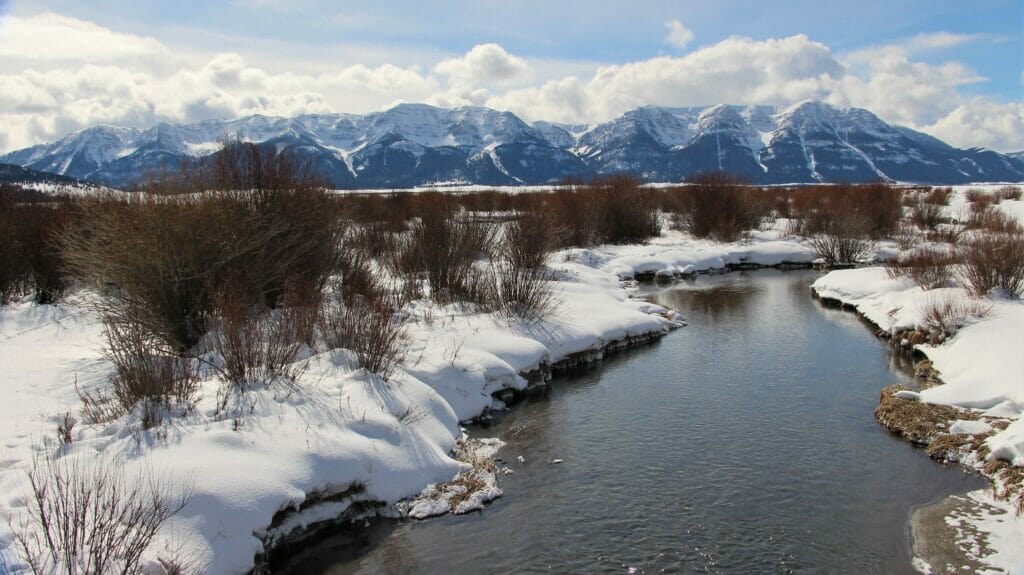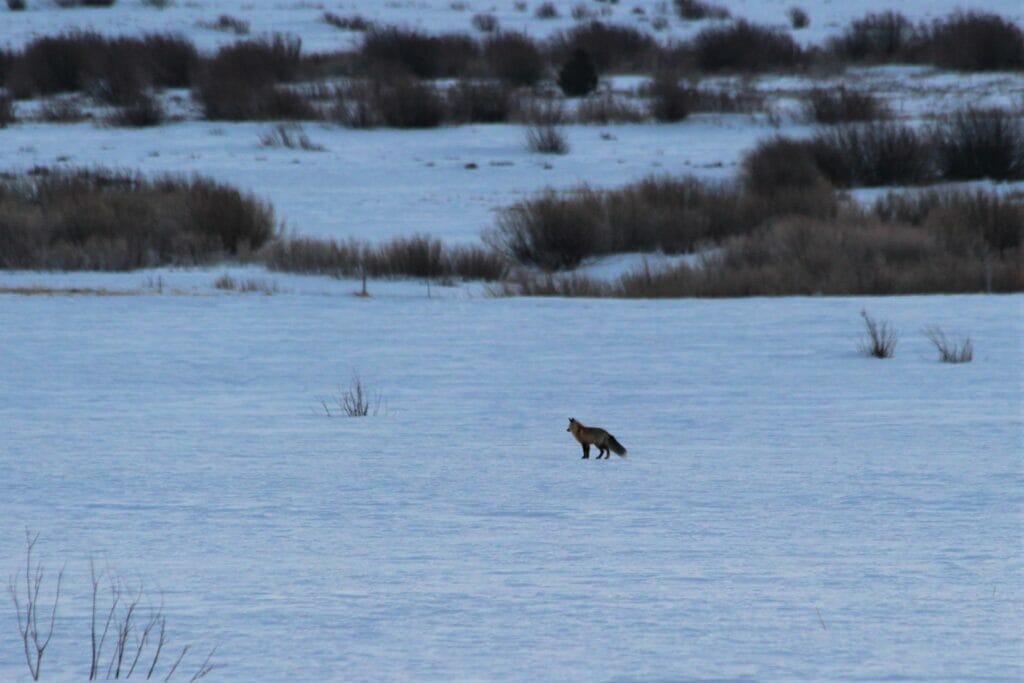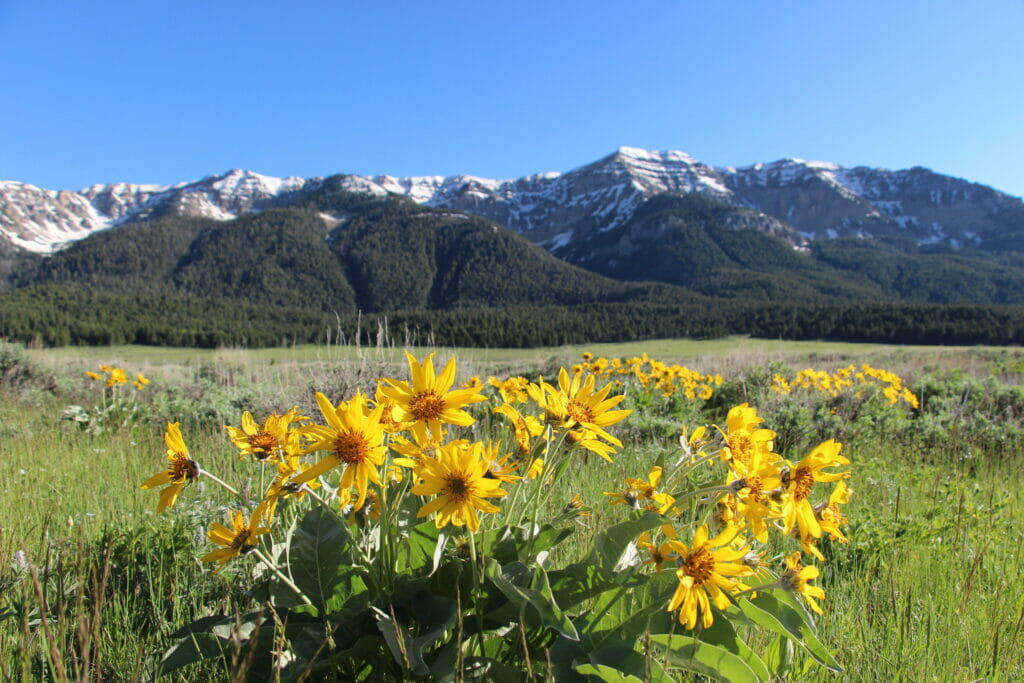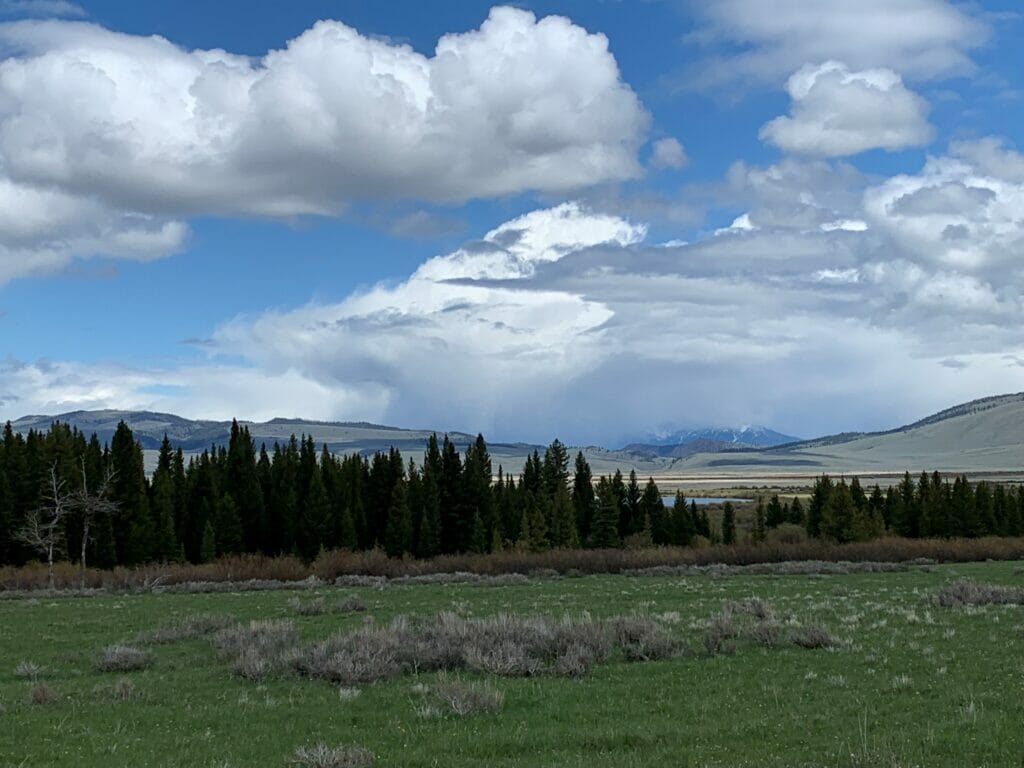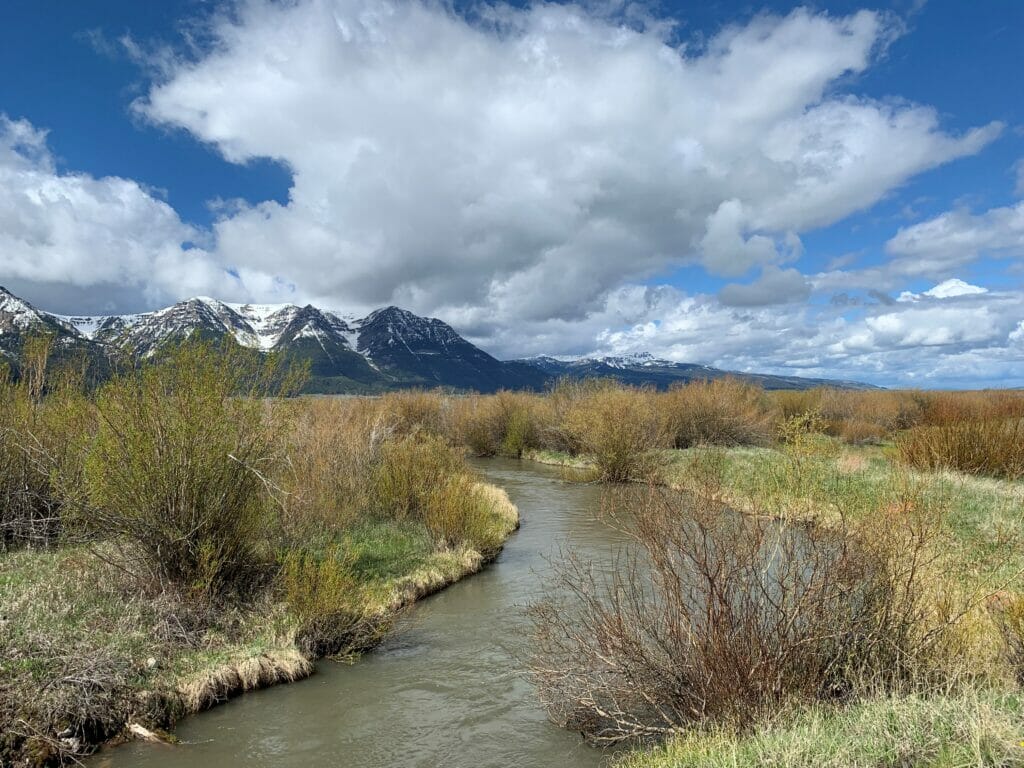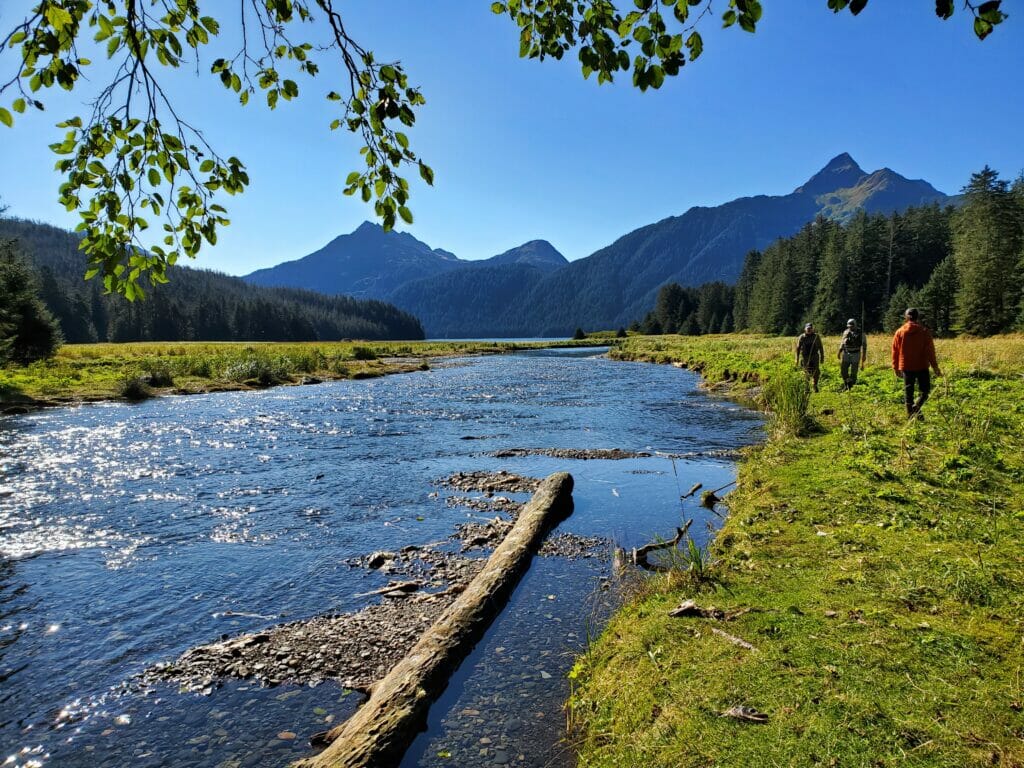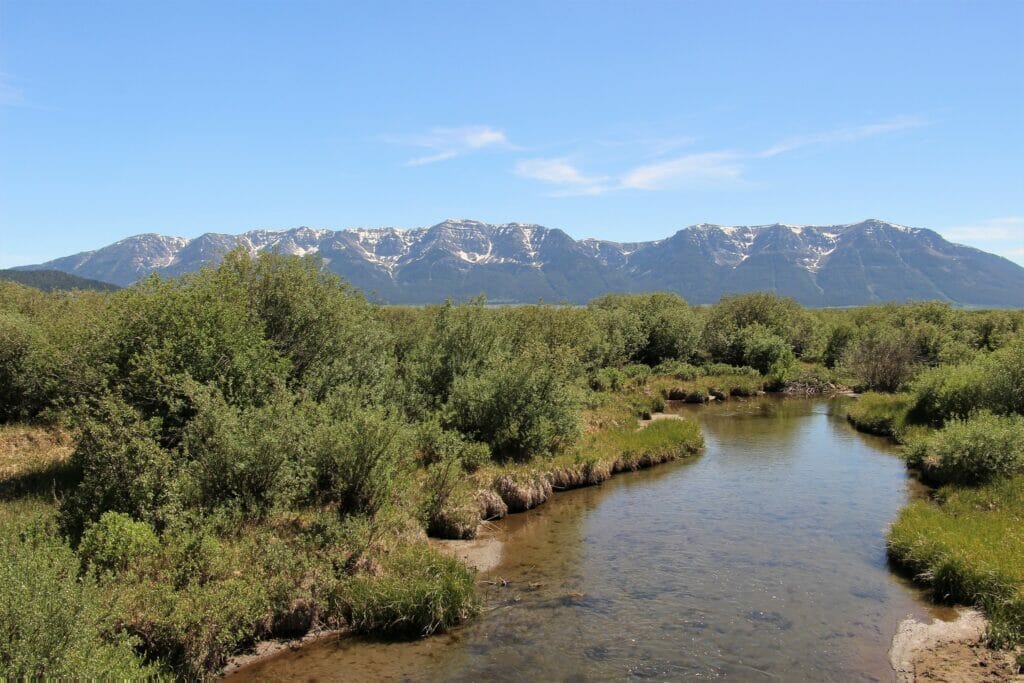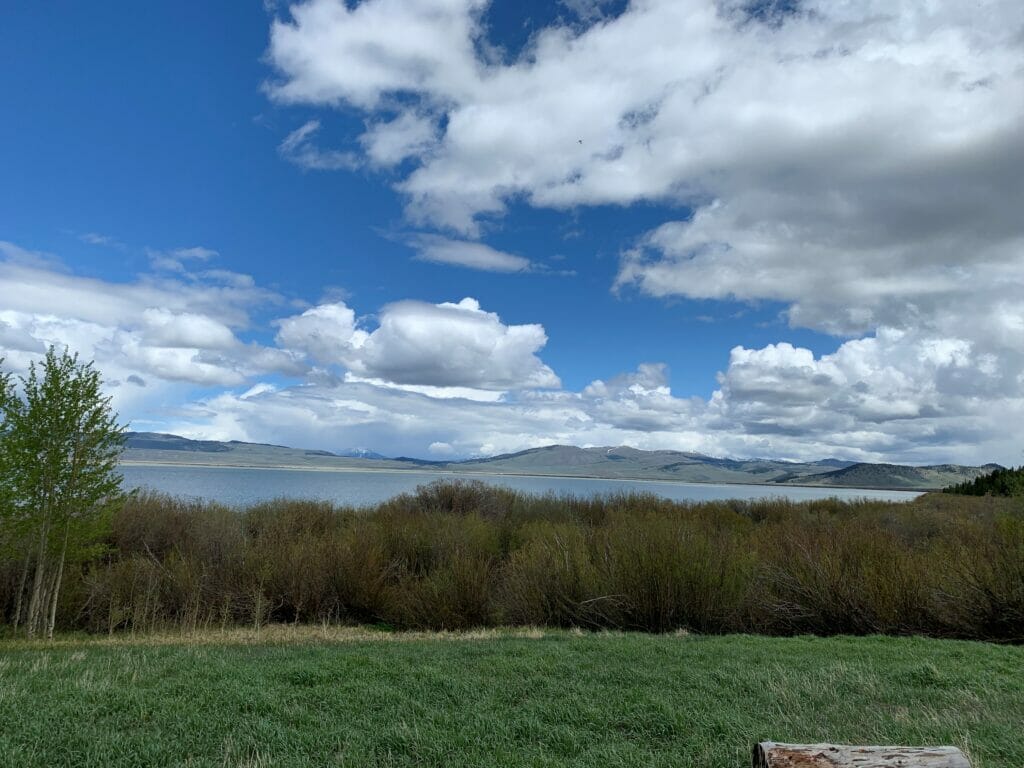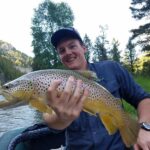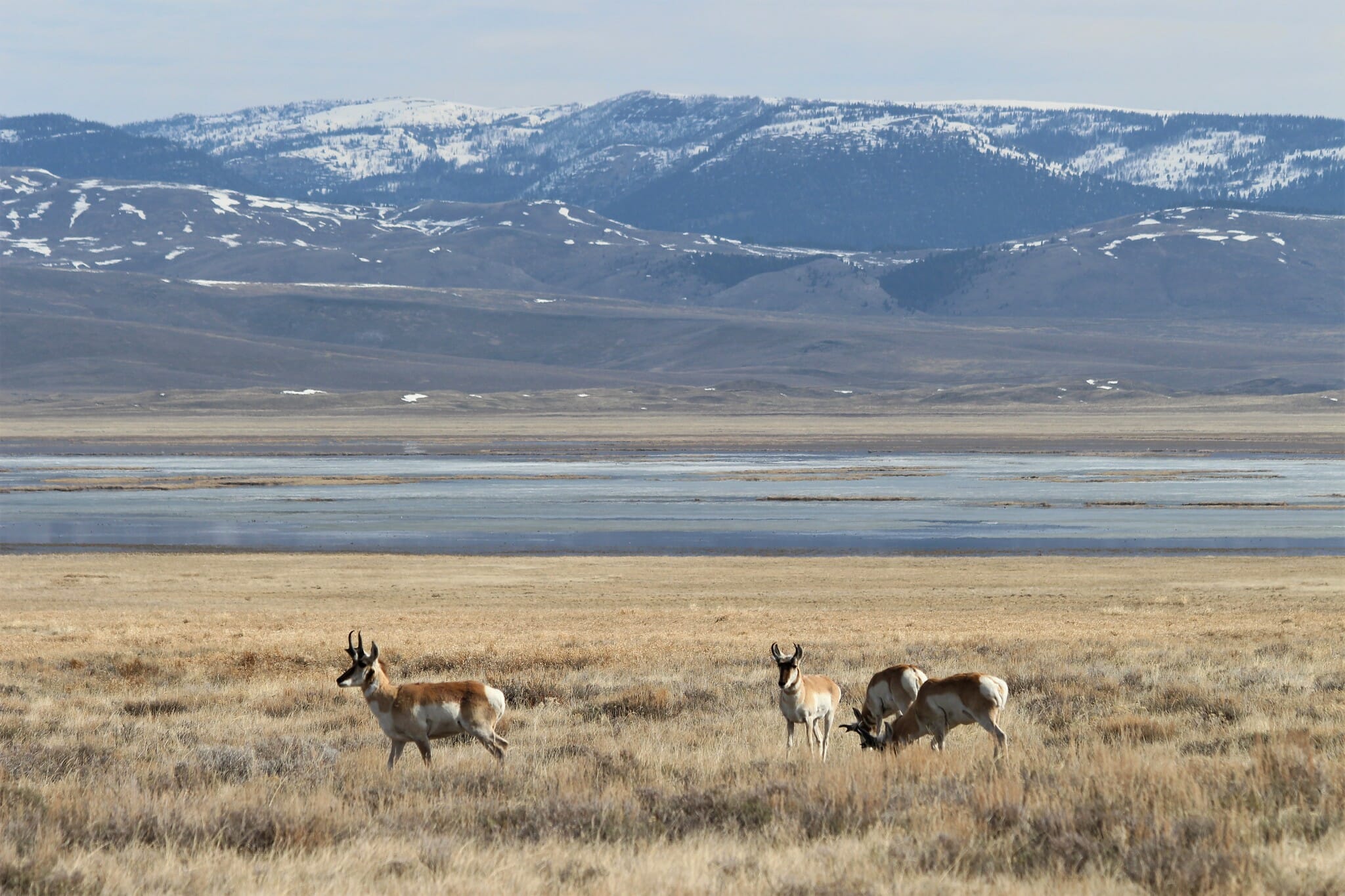The Red Rocks Lake National Wildlife Refuge, hidden away in the sparsely populated southwest corner of Montana, is the largest wetland complex in the Greater Yellowstone Ecosystem.
It has often been called the most beautiful National Wildlife Refuge in the United States. At 91 miles from the nearest airport and 41 miles from the nearest gas station, the Red Rocks Refuge is the definition of remote.
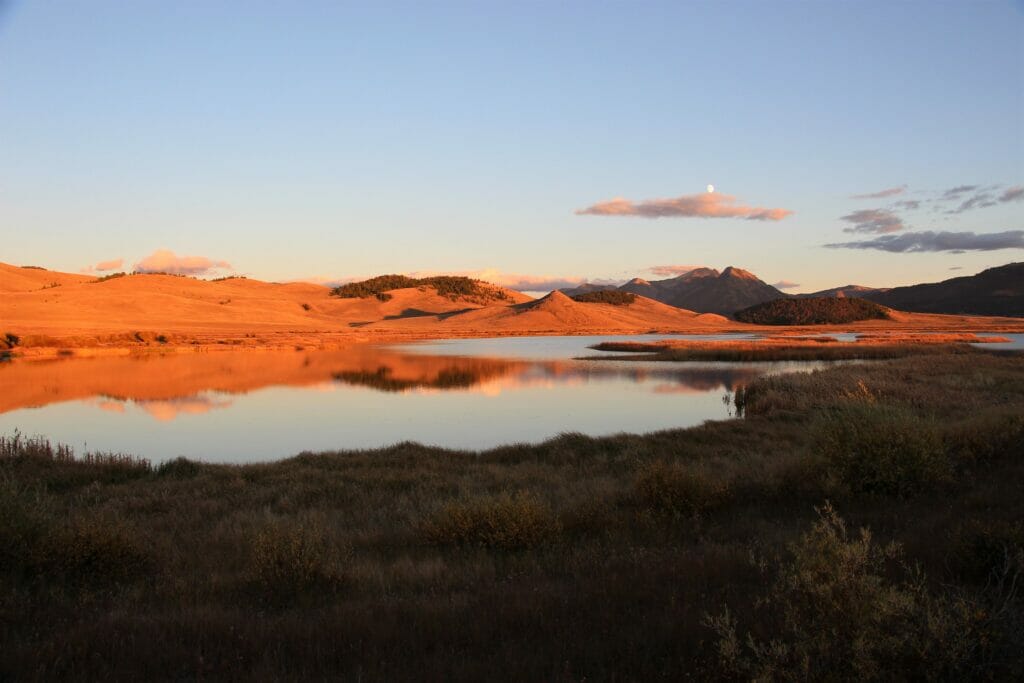
The Rich History of the Red Rocks
Commonly referred to as the Red Rocks, the refuge sits in the Centennial Valley. The Centennial Valley was historically used by the Shoshone- Bannock, Nez Perce, and other nomadic tribes as the primary route between the headwaters of the Big Hole River and Yellowstone country. Settlement by Euro-Americans did not occur until 1876. President Franklin Delano Roosevelt established the Refuge 1935 as the Red Rock Lakes Migratory Bird Refuge to be used as a “refuge and breeding ground for wild birds and animals.” It was renamed the Red Rock Lakes National Wildlife Refuge in 1961.
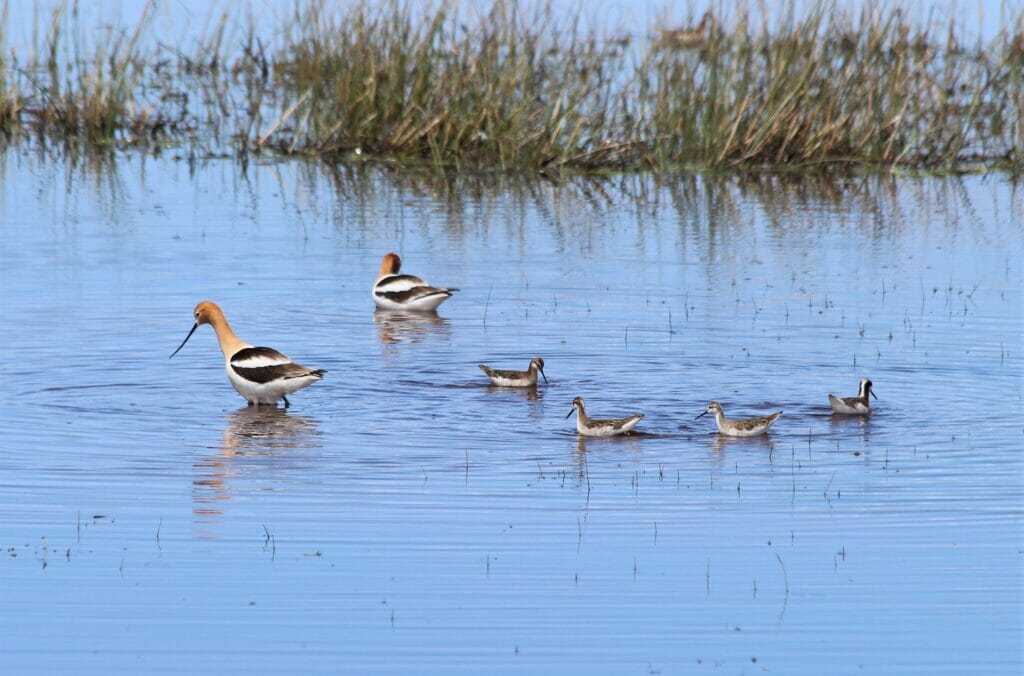
Wild Abundance: Red Rock Lakes Landscape and Wildlife
Red Rocks encompasses 53,418 acres, half of which is designated as Wilderness. Snowmelt from the Centennial Mountains and water from the Red Rocks Lakes flow into the Red Rock River, moving northwest until it reaches Clark Canyon Reservoir, out of which the Beaverhead River is created. The Beaverhead River merges with the Big Hole River forming the Jefferson River, which is one of the three main tributaries that create the Missouri River. The refuge is home to one of the last native populations of arctic grayling, westslope cutthroat trout, and acts as a corridor between Yellowstone and Idaho for big game species.
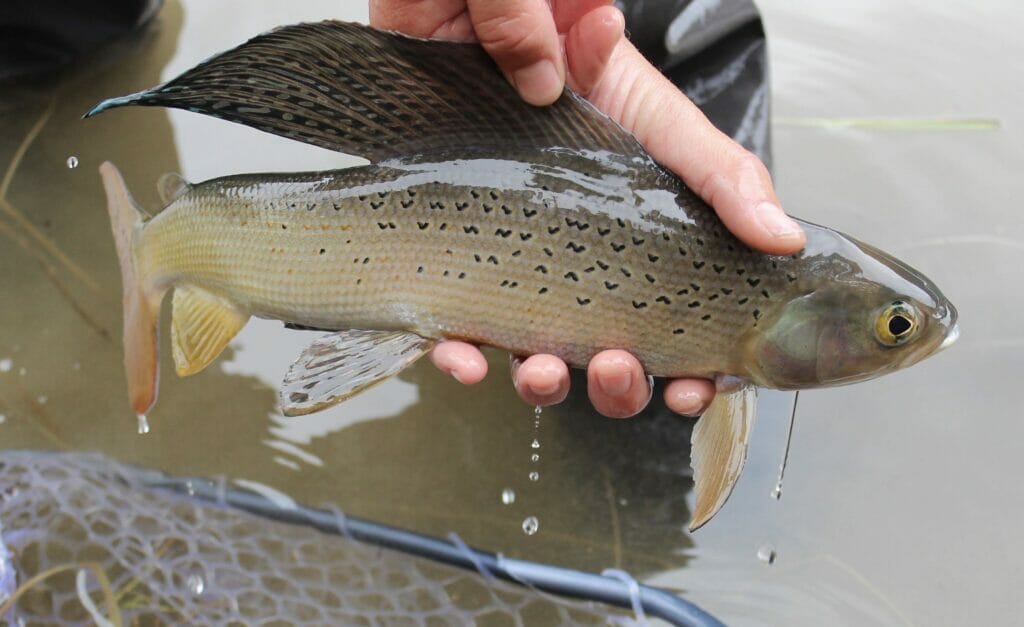
Unfortunately, the Red Rock Lakes Refuge population of arctic grayling has dwindled and, without direct intervention, may soon disappear entirely. In the winter months, oxygen levels below the ice of the lake fall into the lethal range for grayling. More than a decade of research by US Fish and Wildlife Service, Montana Fish, Wildlife and Parks, and local partners leads to the clear conclusion that these fish will vanish unless we find a way to increase oxygen-rich water under the snow and ice. Trout Unlimited has partnered with these state and federal agencies to find a short term and long-term solution to save this threatened species from extinction.
Recreation and Fishing at the Red Rocks Lake National Wildlife Refuge
Most springs and streams inside the Refuge are open to fishing, with several exceptions and seasonal closures to protect spawning grayling. Fishing and floating on the Red Rock Lakes is not allowed to protect migratory bird species and grayling restoration efforts. However, cutthroat trout, mountain whitefish, arctic grayling, rainbow trout, cutthroat-rainbow hybrids, brook trout, and suckers can be found in the clean, cold waters in and around the refuge.
Visiting the Red Rocks Refuge is great any time of year, but if you are looking to wet a line you will want to wait until the snow melts and the spring rains stop, which can be variable. Mid-June through early July can be your best bet to find some water that isn’t running high and brown. Fishing dry flies is the best approach, standard patterns such as the Adams and Elk Hair Caddis tend to work well.
The Chuck Robbins Chapter in Twin Bridges, Montana can be reached for more information.
